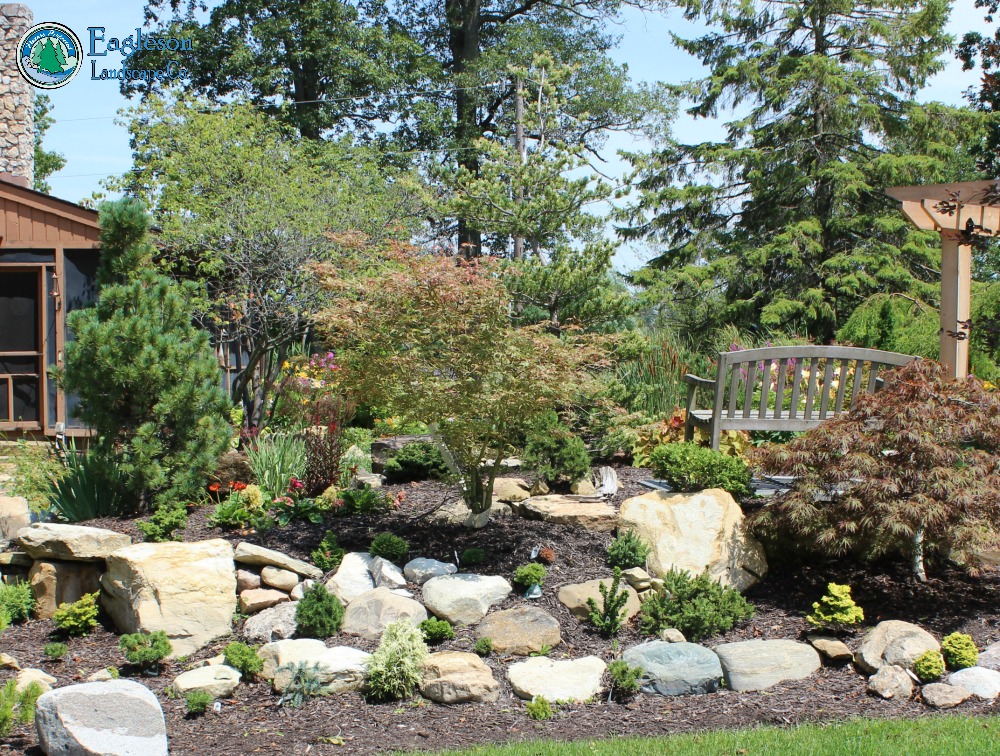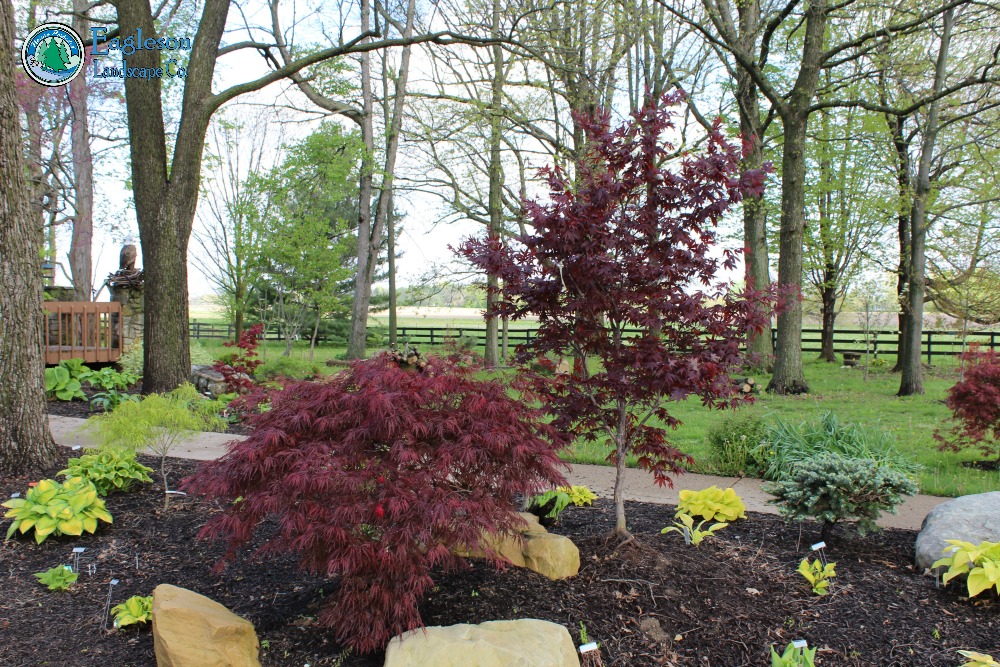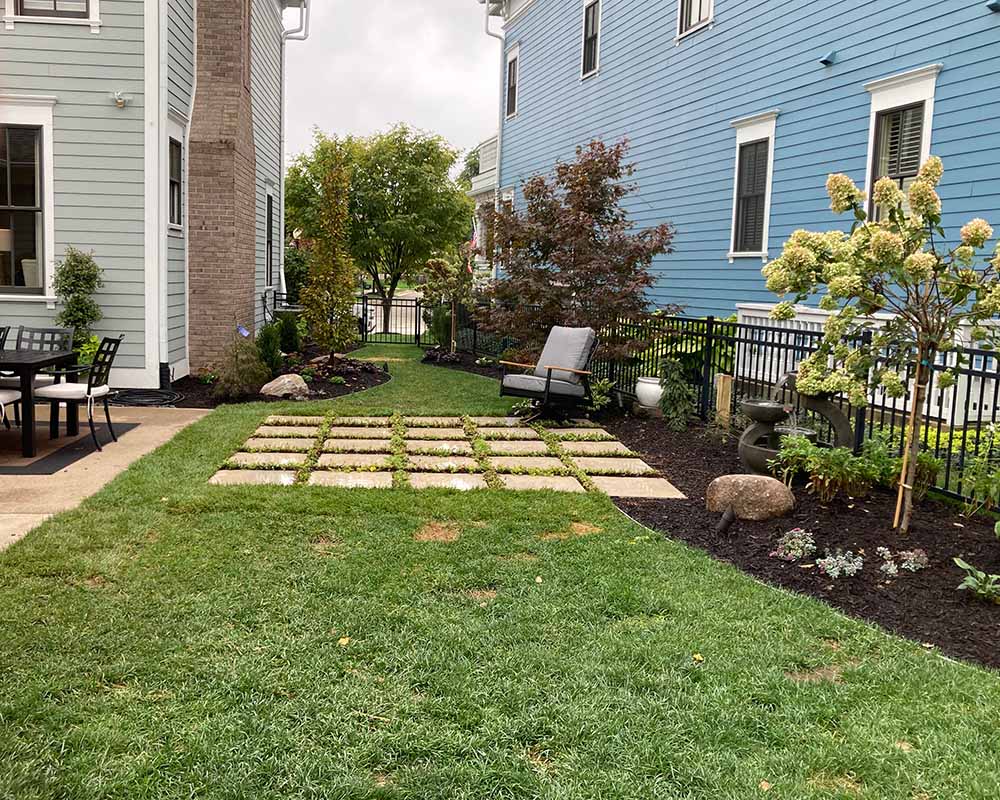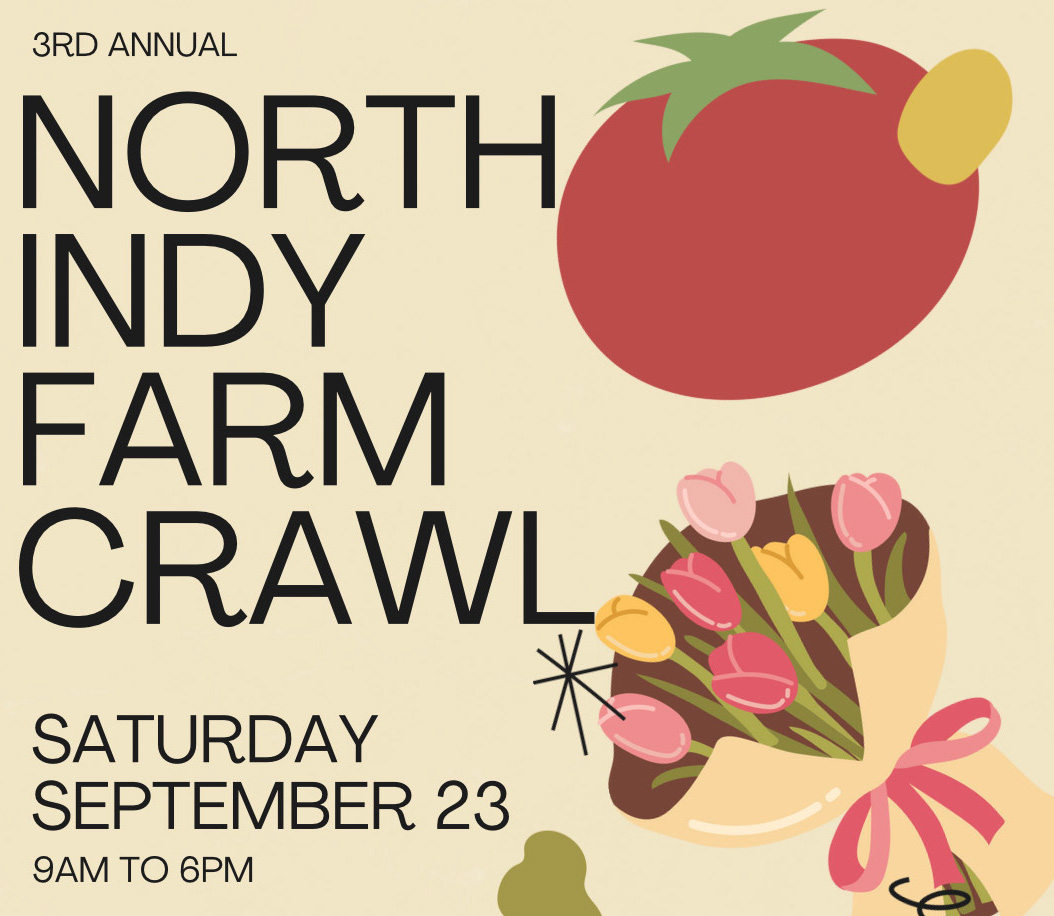Bill Eagleson has had years of experience searching for and finding unusual plants not only for his clients but for his own landscape too. “There’s no magic way of doing it,” Bill says, “over the years I’ve developed a perpetual habit of keeping my eyes open for anything that might be unusual, unique to the kind of plant and to this area.”
“Over the years I’ve developed knowledge about which growers have certain items and I am always on the lookout for new nurseries. Even when we travel Elizabeth and I are always checking out nurseries along the way since everyone has something a little different. Elizabeth also does a lot of online searching, particularly for sites that specialize in hostas, one of our passions. We test out new sources and decide whether we want to continue doing business with them.”
“We also try out new sources when we are looking for something specific. For example, there are many growers of conifers. However, some offer different varieties and different growers will cultivate them in certain ways. The same is true with Japanese maples. Where we go to find our plants will depend upon what our clients are looking for. One local nursery is big into unusual plants, so we love going down there to see what they have. Their stock has led us to new design inspirations over the years.”
If you are interested in trying out unusual plants on your own, Bill offers the following tips:
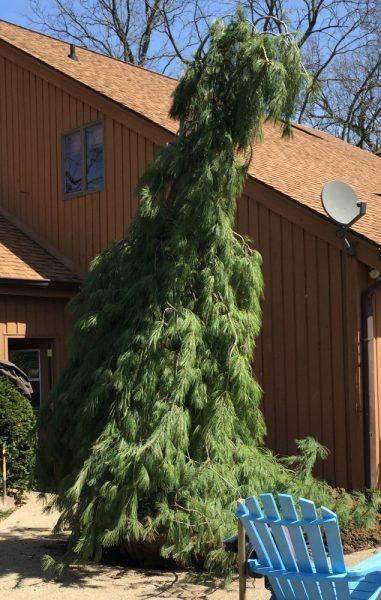 1) Multiple resources will give different versions of the temperature and other needs of a plant. The problem is that the USDA introduced revised plant hardiness zones in 2012, so there is some confusion as to which zone our area is in. Some say 5, some say 6, but we can have bouts of cold weather that less hearty plants can only take for so many winters. Read up on the needs of your plant to make sure they can really take the weird Indiana seasons.
1) Multiple resources will give different versions of the temperature and other needs of a plant. The problem is that the USDA introduced revised plant hardiness zones in 2012, so there is some confusion as to which zone our area is in. Some say 5, some say 6, but we can have bouts of cold weather that less hearty plants can only take for so many winters. Read up on the needs of your plant to make sure they can really take the weird Indiana seasons.
2) Many unusual varieties such as the weeping white pine, dwarf conifers and some Japanese maples are grown in the Pacific Northwest. They can grow in Indiana too, but they will need some time to get acclimated to our climate and soil after being accustomed to their original climate. How they grow may change in Indiana too. A maple tree is a maple tree is a maple tree – there is usually very little difference among how they look by region. However, some plants, like conifers, can offer be a pretty big variance from what you saw growing in its original spot. You have to get to know your growers, and ask their advice on how a particular plant has fared in your climate circumstances.
3) Seek out growers who specialize in the kind of plant you are looking for. Plant species groups like the Indianapolis Hosta Society, American Conifer Society and Southern Indiana Daylily, Hosta, Daffodil & Iris Society are also good resources for quality growers. Those groups can offer solid advice on how to grow a specific variety in your yard too.
4) Buying from a grower online requires research to ensure you are getting a quality plant shipped in a way that ensures the arrival of a healthy specimen and is not going to spread pathogens across the country. We suggest trying out a new nursery with a small order first. If all is successful, feel free to order more! It’s always nice to buy local when you can, however.
If you are looking to add unique plants to your landscape design, we’d be happy to help. Send us an email, or give us a call at (317) 997-4803.
Eagleson Landscape Company provides landscape and hardscape services in the Greater Indianapolis area, including Carmel, Zionsville, Westfield, Fishers and Geist.

